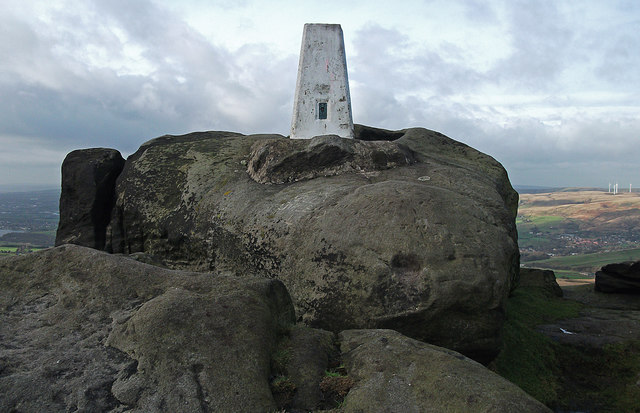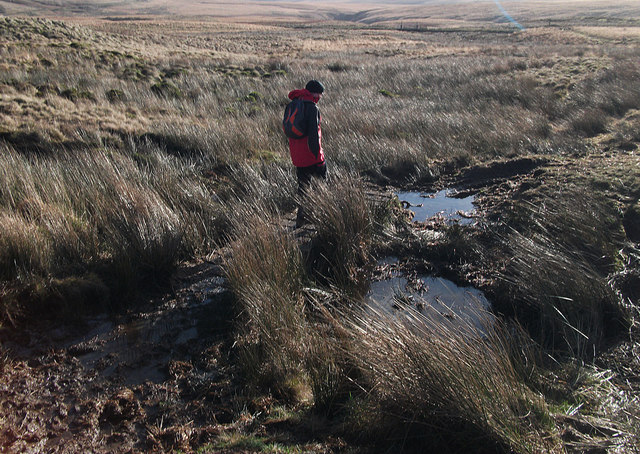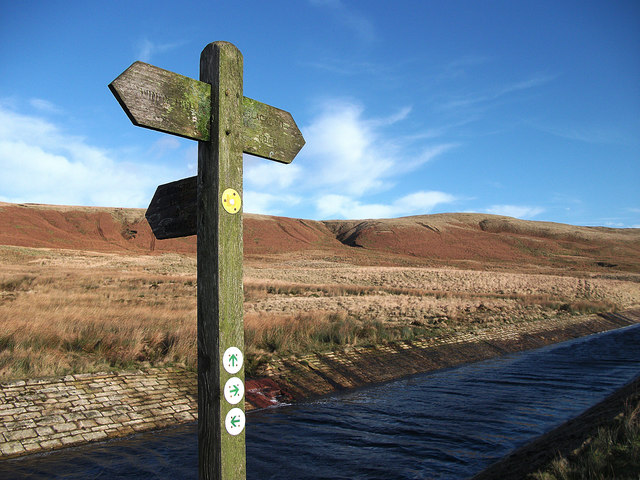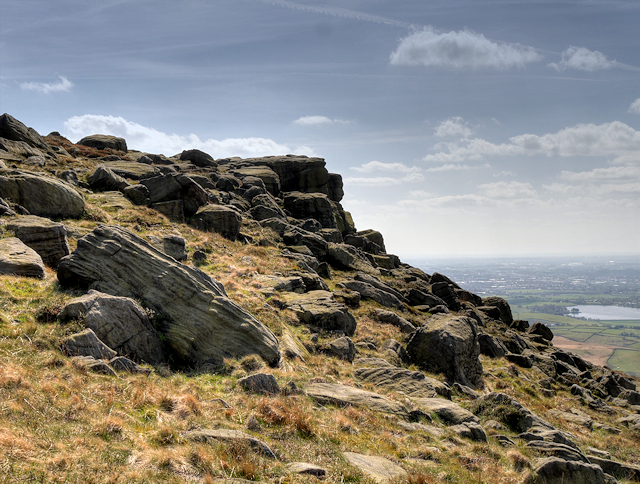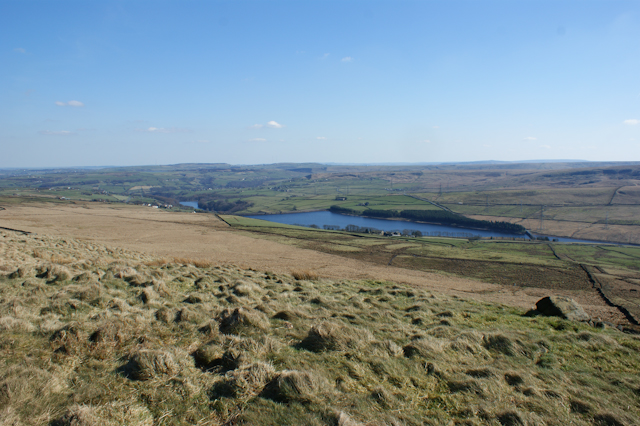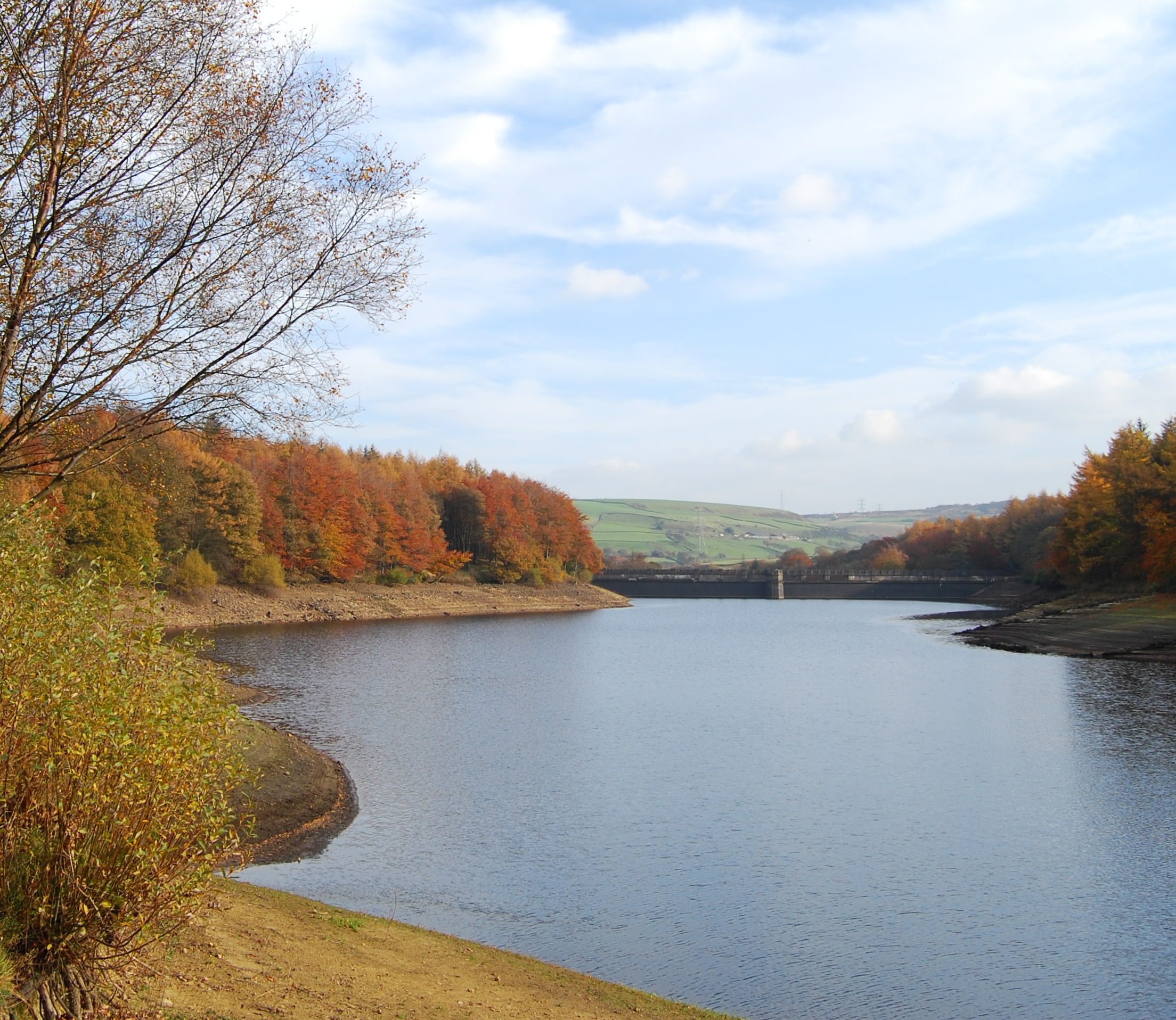Thief Clough
Valley in Yorkshire
England
Thief Clough
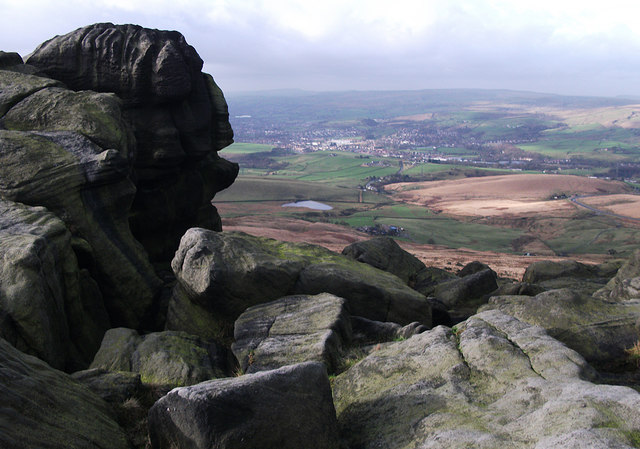
Thief Clough is a picturesque valley located in Yorkshire, England. Nestled amidst the rolling hills and lush greenery, it is a haven for nature enthusiasts and visitors seeking tranquility. The valley is situated near the village of Marsden, approximately 15 miles west of Huddersfield.
Thief Clough is known for its stunning natural beauty, boasting a diverse range of flora and fauna. The valley is home to a variety of wildlife, including birds, butterflies, and small mammals. Walking along the trails, visitors can immerse themselves in the sights and sounds of nature, with the soothing sound of the nearby river adding to the serenity.
The valley is also famous for its captivating waterfalls. The cascading waters create a mesmerizing spectacle, attracting photographers and nature lovers alike. The most prominent waterfall in Thief Clough is the impressive Standedge Waterfall, which is a popular spot for visitors to capture the beauty of nature through their lenses.
In addition to its natural wonders, Thief Clough offers several walking and hiking trails, allowing visitors to explore the valley's beauty at their own pace. The trails vary in difficulty, catering to both casual walkers and experienced hikers. Along these paths, one can relish breathtaking views of the surrounding countryside and enjoy the fresh air.
Thief Clough is a hidden gem in Yorkshire, providing an idyllic escape from the hustle and bustle of city life. Its natural beauty, tranquil ambiance, and enchanting waterfalls make it a must-visit destination for those seeking a peaceful retreat amidst nature's splendor.
If you have any feedback on the listing, please let us know in the comments section below.
Thief Clough Images
Images are sourced within 2km of 53.647209/-2.0178884 or Grid Reference SD9816. Thanks to Geograph Open Source API. All images are credited.






Thief Clough is located at Grid Ref: SD9816 (Lat: 53.647209, Lng: -2.0178884)
Division: West Riding
Unitary Authority: Calderdale
Police Authority: West Yorkshire
What 3 Words
///dentistry.beards.avocado. Near Littleborough, Manchester
Nearby Locations
Related Wikis
Blackstone Edge
Blackstone Edge ( BLAK-stən) is a gritstone escarpment at 472 metres (1,549 ft) above sea level in the Pennine hills surrounded by moorland on the boundary...
Blackstone Edge Reservoir
Blackstone Edge Reservoir is a reservoir in the Metropolitan Borough of Rochdale, Greater Manchester, England. It is close to Blackstone Edge, from which...
Baitings Reservoir
Baitings Reservoir is a large water supply reservoir operated by Yorkshire Water close to Ripponden in the West Yorkshire Pennines, England. It lies in...
A640 road
The A640 is a road in England which runs between Rochdale in Greater Manchester and Huddersfield in West Yorkshire. The road's most westbound point as...
Ryburn Reservoir
Ryburn Reservoir is a supply reservoir operated by Yorkshire Water close to Ripponden in the Yorkshire Pennines, England. It lies in the valley of the...
Booth Wood Reservoir
Booth Wood Reservoir is a man-made upland reservoir that lies north of the M62 motorway and south of the A672 road near to Rishworth and Ripponden in Calderdale...
Norman Hill Reservoir
Norman Hill Reservoir is a reservoir in the Piethorne Valley in the Metropolitan Borough of Rochdale, within Greater Manchester, England. == References ==
Stott Hall Farm
Stott Hall Farm is a farm located between the eastbound and westbound carriageways of the M62 motorway in Calderdale, England. It is the only farm in the...
Nearby Amenities
Located within 500m of 53.647209,-2.0178884Have you been to Thief Clough?
Leave your review of Thief Clough below (or comments, questions and feedback).
